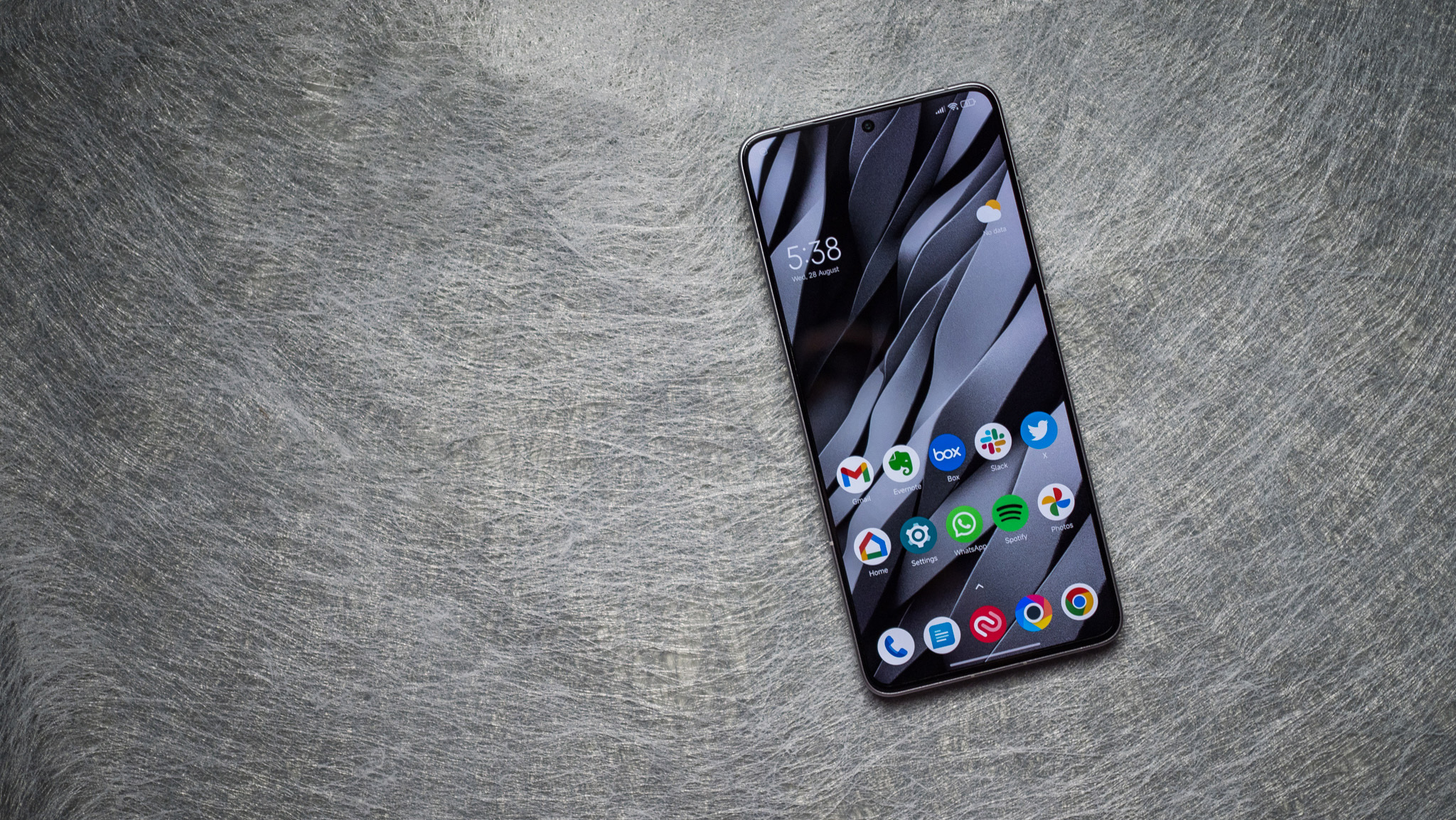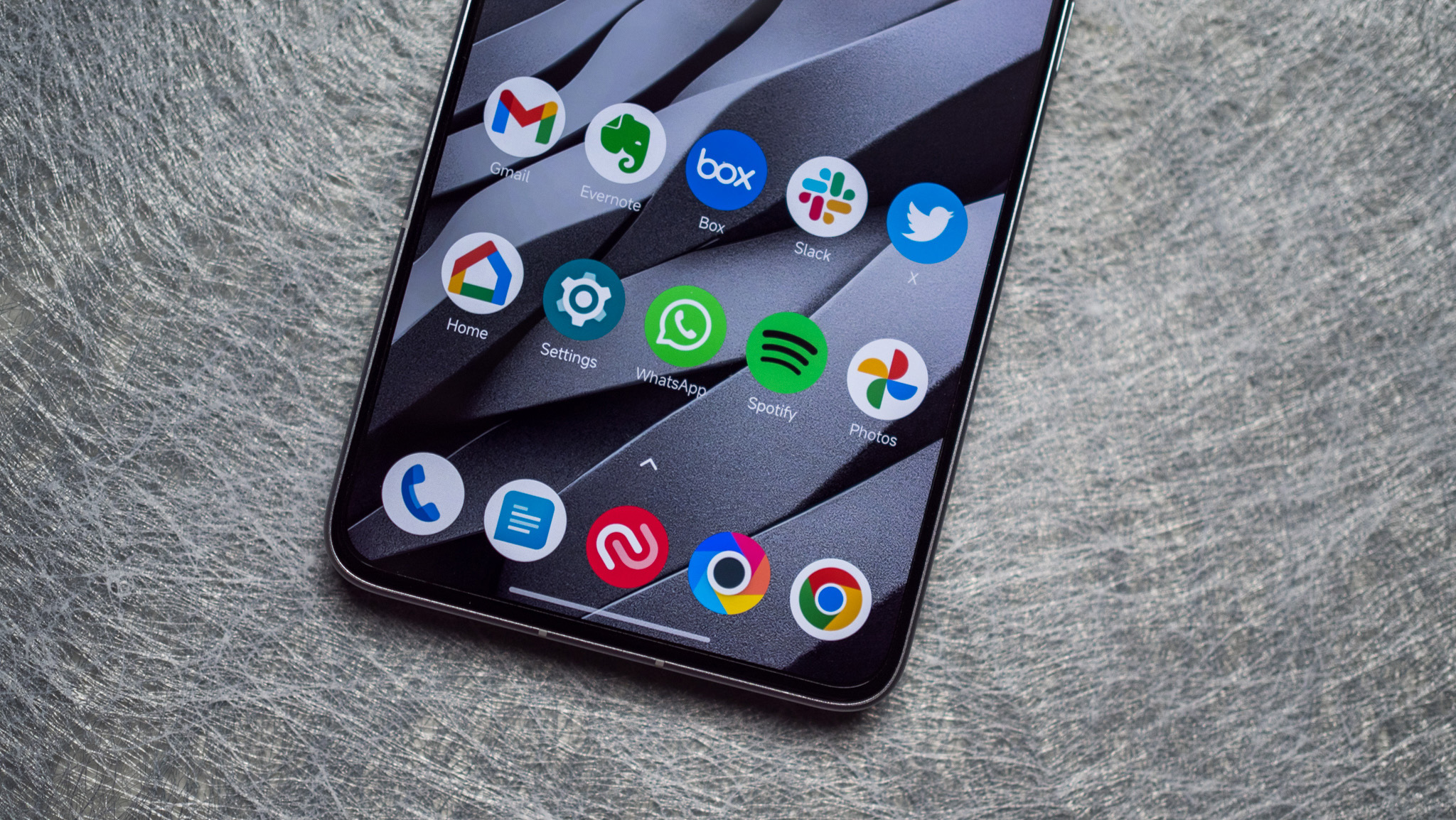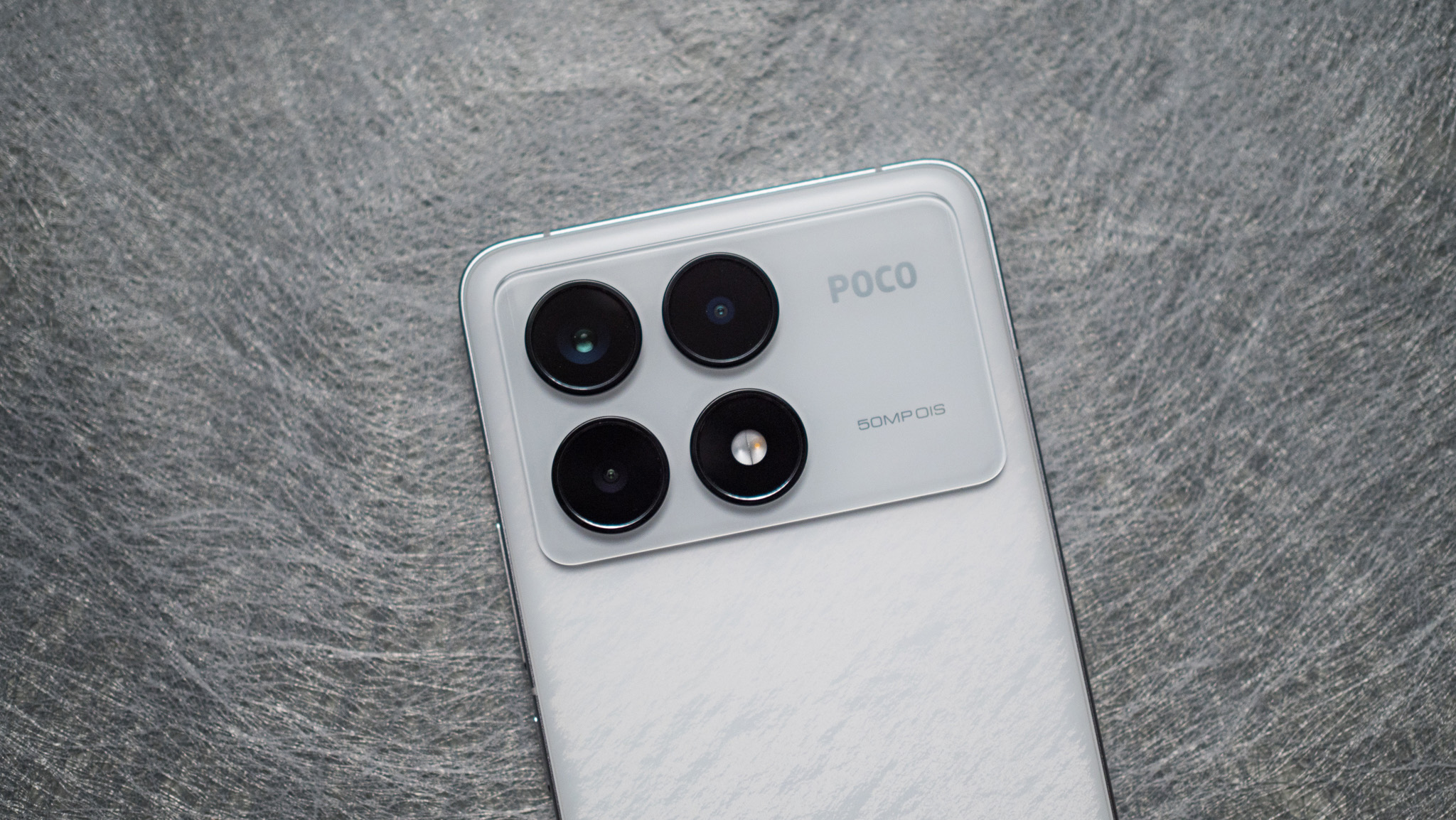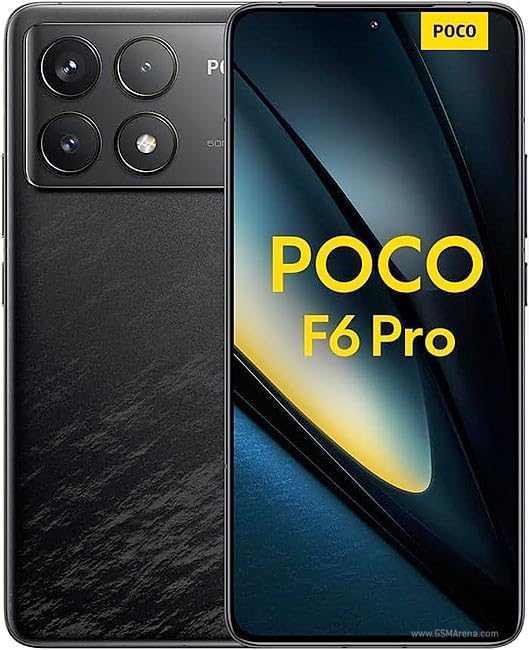The POCO F6 Pro is the most underrated phone of 2024
The F6 Pro is a viable alternative to the OnePlus 12R — and it costs a lot less.

Back when the POCO F6 and F6 Pro launched, I focused my attention on the regular model. POCO decided to limit the F6 Pro to just a few global markets, and the device didn't make its way to India and most Southeast Asian regions. Instead, POCO offered the F6 as the default option in these countries.

In Hardwired, AC Senior Editor Harish Jonnalagadda delves into all things hardware, including phones, audio products, storage servers, and routers.
In my POCO F6 review, I called it one of the best value-focused phones of the year, and that's down to how affordable it is in India, where it retails for just ₹27,999 ($336). That said, POCO doesn't quite offer the same value in other regions; the F6 is available for £359 ($457) in the U.K., and that isn't nearly as enticing.
Thankfully, there's a better option available: the F6 Pro. The phone is now down to £449 ($572), and that makes it worthy of consideration if you're interested in a new mid-ranger. I didn't use the F6 Pro when it came out, but I switched to it after using the OnePlus 12R Sunset Dune edition; it didn't take long to realize that POCO is onto something special with its 2024 flagship.
The F6 Pro has a much better design than the standard model, and the white color variant in particular looks striking. I don't usually prefer phones with flat sides, but POCO added beveled edges, and that makes a big difference in daily use. The glass window around the rear camera housing has been a mainstay on POCO phones going back four years now, and it ends up looking elegant.

POCO didn't shortchange users with material choices either; the F6 Pro uses an aluminum frame that's sandwiched between panes of glass, and it looks just as premium as the Xiaomi 14 — if anything, I like POCO's design more. The only drawback in this area is that the phone has IP54 ingress protection, and that isn't adequate; even the regular F6 gets an IP64 rating, so I'm not really sure what POCO was thinking.

Other than that and an in-screen module that sits a little too low on the screen, there's nothing to complain about the design; the F6 Pro has ideal weight distribution, and the textured pattern underneath the glass looks fantastic. There's a lot to like about the panel too; POCO went with a 120Hz AMOLED panel with QHD+ resolution, and it is easily the best screen of any of its devices to date.

The panel doesn't get quite as bright as other mid-rangers I used this year — the 12R is noticeably brighter outdoors — but it is still a strong showing. On that note, the Snapdragon 8 Gen 2 is absolutely the right call; Qualcomm's 2024 chipset still has a lot to offer, and it is just as fast in daily use.
Get the latest news from Android Central, your trusted companion in the world of Android




Considering that the 12R is also powered by the same silicon, the F6 Pro is on an equal footing. I didn't see any issues in the week I used the phone as my daily driver, and it handles demanding games with ease; the only tangible gain you'll see with the 8 Gen 3 is better battery life.

It's a similar story with the cameras; the F6 Pro manages to take better shots than the F6 in just about every situation, and it holds up incredibly well in low-light scenarios. The 12R has a slender edge in this area, but on the whole, the F6 Pro isn't far behind.
That said, the biggest issue with the cameras is that the auxiliary 8MP wide-angle lens isn't anywhere as good as the main camera, and I still don't understand why POCO can't deliver two usable sensors at the back. This is true of the 12R as well, and only Google manages to deliver a mid-ranger with a wide-angle camera that's actually decent.

POCO didn't change any software features from the standard F6, and while I still believe that the software is in need of a visual overhaul, it is much better optimized this year. The interface is fluid, there's a good amount of customizability, and it doesn't have any annoying bugs. There's still a lot of bloatware out of the box, and POCO isn't good at delivering updates on time — these are things it needs to actively change.
Overall, the F6 Pro is one of the best phones currently available in the mid-range segment. POCO's decision to not launch the device in most global markets is puzzling; it is the ideal alternative to the OnePlus 12R and Galaxy A55, and with the manufacturer setting lofty goals this year, wider availability of the F6 Pro would have highlighted the brand's ambition in this segment.

The F6 Pro has a great design, the best AMOLED panel POCO used up to this point, reliable hardware, and a terrific camera at the back. If you've used Xiaomi phones in the past and want a mid-ranger that has a good value, the F6 Pro brings a lot to the table.

Harish Jonnalagadda is Android Central's Senior Editor overseeing mobile coverage. In his current role, he leads the site's coverage of Chinese phone brands, networking products, and AV gear. He has been testing phones for over a decade, and has extensive experience in mobile hardware and the global semiconductor industry. Contact him on Twitter at @chunkynerd.
You must confirm your public display name before commenting
Please logout and then login again, you will then be prompted to enter your display name.
